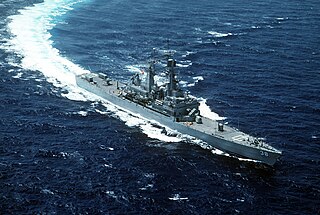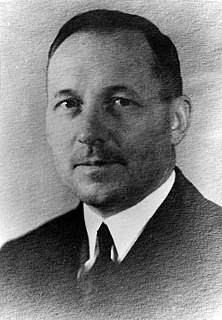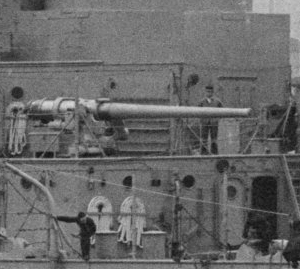Three ships of the United States Navy have been named USS West Virginia in honor of the 35th state.

The United States Navy (USN) is the naval warfare service branch of the United States Armed Forces and one of the seven uniformed services of the United States. It is the largest and most capable navy in the world and it has been estimated that in terms of tonnage of its active battle fleet alone, it is larger than the next 13 navies combined, which includes 11 U.S. allies or partner nations. with the highest combined battle fleet tonnage and the world's largest aircraft carrier fleet, with eleven in service, and two new carriers under construction. With 319,421 personnel on active duty and 99,616 in the Ready Reserve, the Navy is the third largest of the service branches. It has 282 deployable combat vessels and more than 3,700 operational aircraft as of March 2018, making it the second-largest air force in the world, after the United States Air Force.

West Virginia is a state located in the Appalachian region in the Southern United States and is also considered to be a part of the Middle Atlantic States. It is bordered by Pennsylvania to the north, Maryland to the east and northeast, Virginia to the southeast, Kentucky to the southwest, and Ohio to the northwest. West Virginia is the 41st largest state by area, and is ranked 38th in population. The capital and largest city is Charleston.
- USS West Virginia (ACR-5) was a Pennsylvania-classcruiser.
- USS West Virginia (BB-48) was a Colorado-classbattleship.
- USS West Virginia (SSBN-736) is an Ohio-classsubmarine.

The first USS West Virginia (ACR-5/CA-5), also referred to as "Armored Cruiser No. 5", and later renamed Huntington, was a United States Navy Pennsylvania-class armored cruiser.

The Pennsylvania class of six armored cruisers served in the United States Navy from 1905 to 1927. All six were renamed for cities 1912–1920, to make the state names available for the new Pennsylvania class battleships. All of them served during World War I, with California being the only ship of the class to be lost. The remaining five armored cruisers were scrapped between 1930 and 1931 in accordance with the London Naval Treaty.

USS West Virginia (BB-48), a Colorado-class battleship, was the second United States Navy ship named in honor of the country's 35th state. She was laid down on 12 April 1920, at Newport News, Virginia, launched on 19 November 1921, and commissioned on 1 December 1923. She was sponsored by Alice Wright Mann, daughter of noted West Virginian T. Mann, and her first captain was Thomas J. Senn. After her shakedown and crew training were finished, she was overhauled at Hampton Roads, and later ran aground in Lynnhaven Channel.
| This article includes a list of ships with the same or similar names. If an internal link for a specific ship led you here, you may wish to change the link to point directly to the intended ship article, if one exists. |










